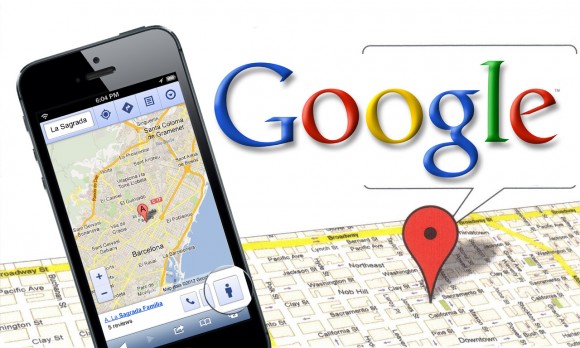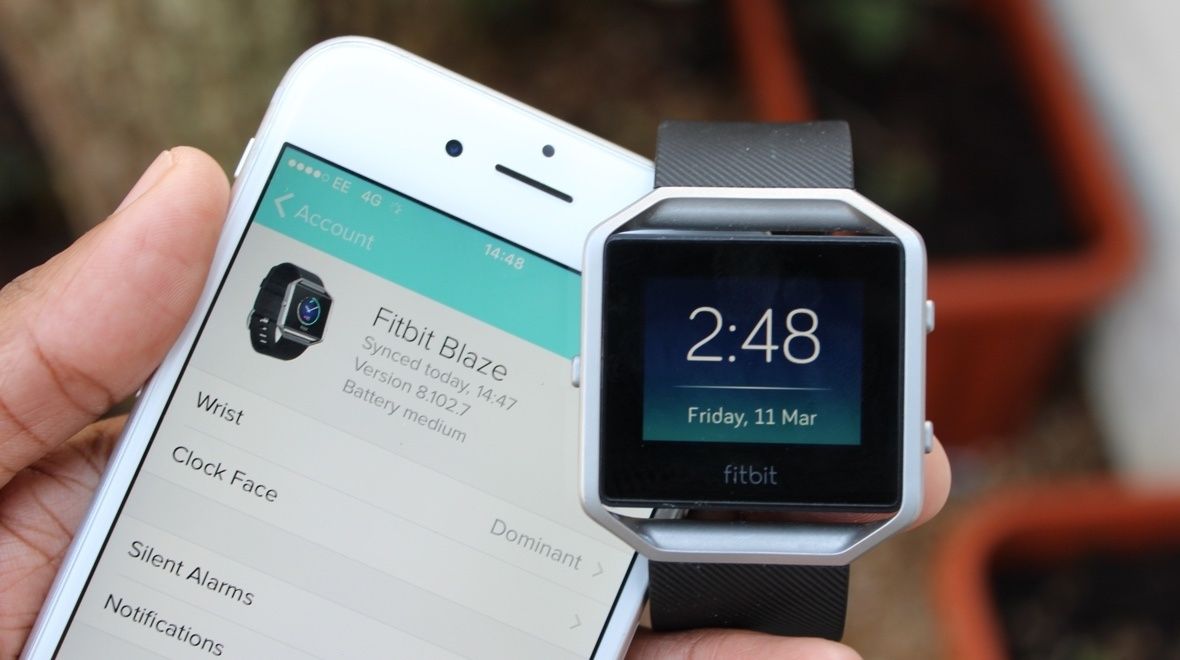Learn how change maps Street View and change the way we perceive and interact with our environment

Google Street cars have traveled millions of miles, photographing streets and landscapes in 39 countries worldwide. But beyond using their 3D maps for places we already know, have changed the way we relate to the outside world?
Drag and drop the little orange man on the Google map of the street you live. May well find your home.
Move the figure along the surrounding streets and find the store to buy milk, which is the bar for a drink and maybe a neighbor or two, with their faces blurred to remain anonymous.
The Google Street View cars have already covered, for example, 65% of the streets in countries like UK, 3D maps and includes some museums, cathedrals, and increasingly also can explore shops.
This technology is not to everyone’s taste: 250,000 German families asked that their homes appear pixelated in the system.
But despite this, plans to scan locations increasingly are continuing.
However, beyond giving us the opportunity to see places from the Internet in times of boredom … Street View has changed into something the way people live?
OTHER form of tourism
John Haas, a professor at Northwestern University in Illinois gives some clues. Before a work trip to Paris, spent a couple of afternoons in Street View “walking the streets” around the hotel where was staying.
“We are about four blocks from the Eiffel Tower … could chart a path, I could see how far it was a cafe, restaurants and shops,” he explains.
In the past, Haas would have sought in city guides, but feels that with the interactive maps street view live a completely different experience.
The power dive on a map gives users utilities impossible for a conventional map.
Some businesses, such as companies that install satellite dishes and glasses, the property can look through the internet and talking to customers without even having to visit the site.
Drivers can find benchmarks that facilitate their route and architects can study the buildings without even being there.
“For people under 25 years is hard to remember a time when paper maps were used,” says Simon Garfield, author of “On the Map: Why the World Looks The Way It Does” (On the map: why the world looks like).
“The current maps make pixel technicians and teachers, who are more concerned about the speed of loading on the screen in the absence on a map of, say, Manchester or Chicago.”
Some users like to choose a friend’s house or find the location in which the story unfolds in a book, the opportunity to virtually visit these places of childhood and investigate the option of a bar or restaurant before meeting there with a friend.
Less happy are those whose houses are portrayed without being given time to repaint the garage door.
But are these tracks on a neighborhood, and homes that become attractive for those seeking home.
DEATH OF PAPER MAP
Professor Jerry Brotton, author of “A History of the World in Twelve Maps” (The history of the world in twelve maps) states that “the maps will last forever, they just have a different way. The paper map is in decline, “he says.
Although there are still some problems to solve privacy, which define “what we do” depend on who owns the data and whether people can choose whether or not appear on these maps, Brotton opinion.
It will also be something to “look back historically,” when at some point want to see what they looked like the streets in 2013.
Street View has already changed the way that people know the places “how we interact with the physical world,” says meanwhile Professor Andy Miah, director of the Institute of Creative Futures at the University of the West of Scotland.
Users use it as an “extended guide”, and understand the environment doing differently. The virtual tour, along with real, becomes part of how we remember a place.
REALITY, MOST ATTRACTIVE
As more people use Street View will tend to see the real world through a screen, instead of looking around, “thinking about it as a digital environment,” said Miah.
Although not everyone is convinced that Street View has given birth to something beneficial.
Alexander John Bridger, a psychology professor at the University of Huddersfield in the UK, admits that despite his profits, Street View has a bad side,
Street View users can “miss the experience of where they are and the thing becomes very automatic” I need to get from here to there “… So it becomes a routine mechanism behavior, “he says.
“Coming to a place and trust our senses or conversations with strangers can be a much more profitable,” he adds.









